
Imagine trying to do your job without data or KPIs. How would you measure progress and success? How would you know when something isn't working, and it's time to try a new approach?
At work, many of our decisions are informed by data. So why not apply the same thinking to your personal life? That's the idea behind a personal life dashboard — a place to collect and analyze data about your habits, goals, and more. Using data, you can create more tangible goals — and then measure your progress as you work toward them. For many people, a dashboard even makes them more likely to reach new benchmarks of personal success.
Interested in creating a personal life dashboard? You've come to the right place. Read on to learn all about what they are, the benefits they can provide, and how to build and use your own personal life dashboard.
What is a personal life dashboard?
A personal life dashboard is pretty much what it sounds like: a dashboard where you can track metrics related to your personal life.
One of the first times personal life dashboards were written about online, they weren't even called that — but they were detailed by tech writer Gary Wolf in "The Data-Driven Life", a piece he wrote for the New York Times.
"Humans make errors. We make errors of fact and errors of judgment. We have blind spots in our field of vision and gaps in our stream of attention. Sometimes we can't even answer the simplest questions," he wrote.
"Where was I last week at this time? How long have I had this pain in my knee? How much money do I typically spend in a day? These weaknesses put us at a disadvantage. We make decisions with partial information. We are forced to steer by guesswork. We go with our gut."
Since a personal life dashboard is unique to the individual creating it, they can all look pretty different. But the high-level goals behind them tend to be pretty similar: to create a place where data is aggregated and tracked over time, which can reveal historical trends about progress in different areas of your life, help you set short- and long-term goals, and help you see if you've stopped making progress in any area of your life and iterate on a new strategy to get back on track.
Why use a personal life dashboard?
The idea behind a personal life dashboard is to emulate the data-driven approach so many of us take to our jobs. We use data and KPIs to measure our progress and success (and even failures) there — so why not do the same in other (arguably more important) areas of our lives?
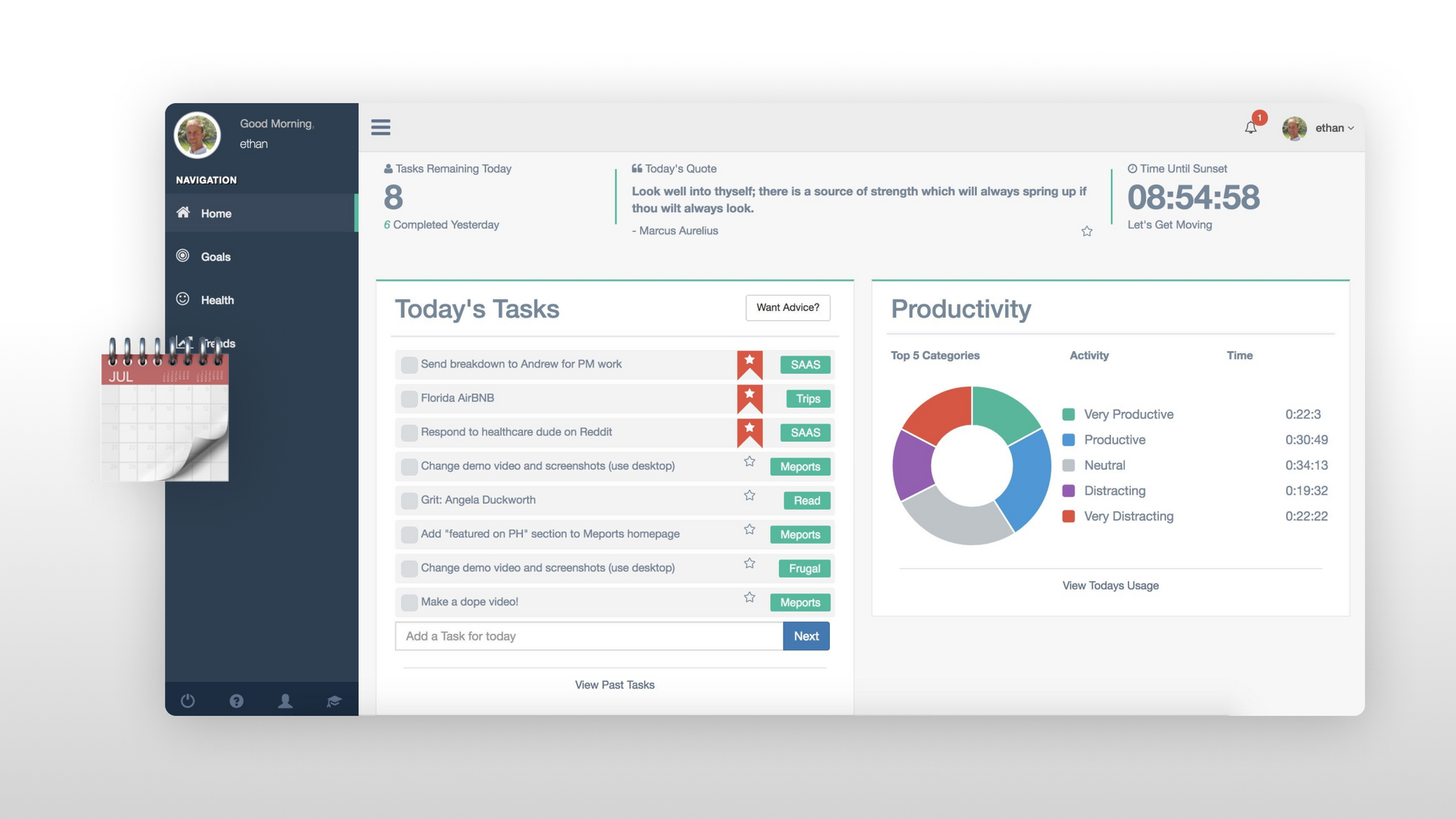
Research shows that people who track their habits — whether it's the number of steps they take per day, how many hours of sleep they get, or how many servings of vegetables they eat at each meal — tend to be more successful in sticking to them. There are a few reasons scientists think this is the case:
- Seeing numbers (and the direction in which they're trending over time) keeps us honest and accountable. It's impossible to lie to yourself about whether you're being successful in your exercise regime, for example, if you have data to show you skipped more than half your workouts last month.
- Any win — even a small win — provides enough intrinsic motivation to keep us going. When a goal is long-term and hard to reach, seeing the progress you make week after week can help you stay motivated to stick with it for longer and keep working hard.
Many people have written about their own experiences creating personal life dashboards, and their anecdotes back up these theories. Writer Lauren Holliday noted in a piece for The Vector Impact that while she knew she wanted to lose weight, she didn't make any progress until she started weighing herself daily and tracking her progress.
"Tracking works because it makes you self-aware and therefore, accountable. By providing feedback and 'nudges', tracking helps you literally see your good and bad habits," she wrote. "Once you know the facts, you can live by them."
What can you track with a personal life dashboard?
It's easy to think that anything can be tracked with a personal life dashboard, but unfortunately, that's not the case. Goals should meet a few criteria to make sure you can track and analyze them effectively. There are a few criteria that need to be met to make a goal right for tracking and analyzing:
- Data must be quantifiable. Your goal can't be something vague like "I want to feel better". You need specific, quantifiable life goals, like "I want my moods to be positive more days than not".
- You must automate tracking. Let's face it: your personal life dashboard is going to be pretty difficult to keep up with if you're required to manually enter all your data. As many of your metrics as possible should be automatically tracked and inputted. Luckily, there are tons of apps that can help you do this (and we'll introduce some of them below).
Let's take a look at some goals you can track with your personal dashboard — as well as some of the apps you can use to automatically measure metrics for each.
Tracking your health
Health metrics are some of the most popular among users of personal life dashboards. Here are some of the health-related goals and metrics that are most commonly used.
Sleep
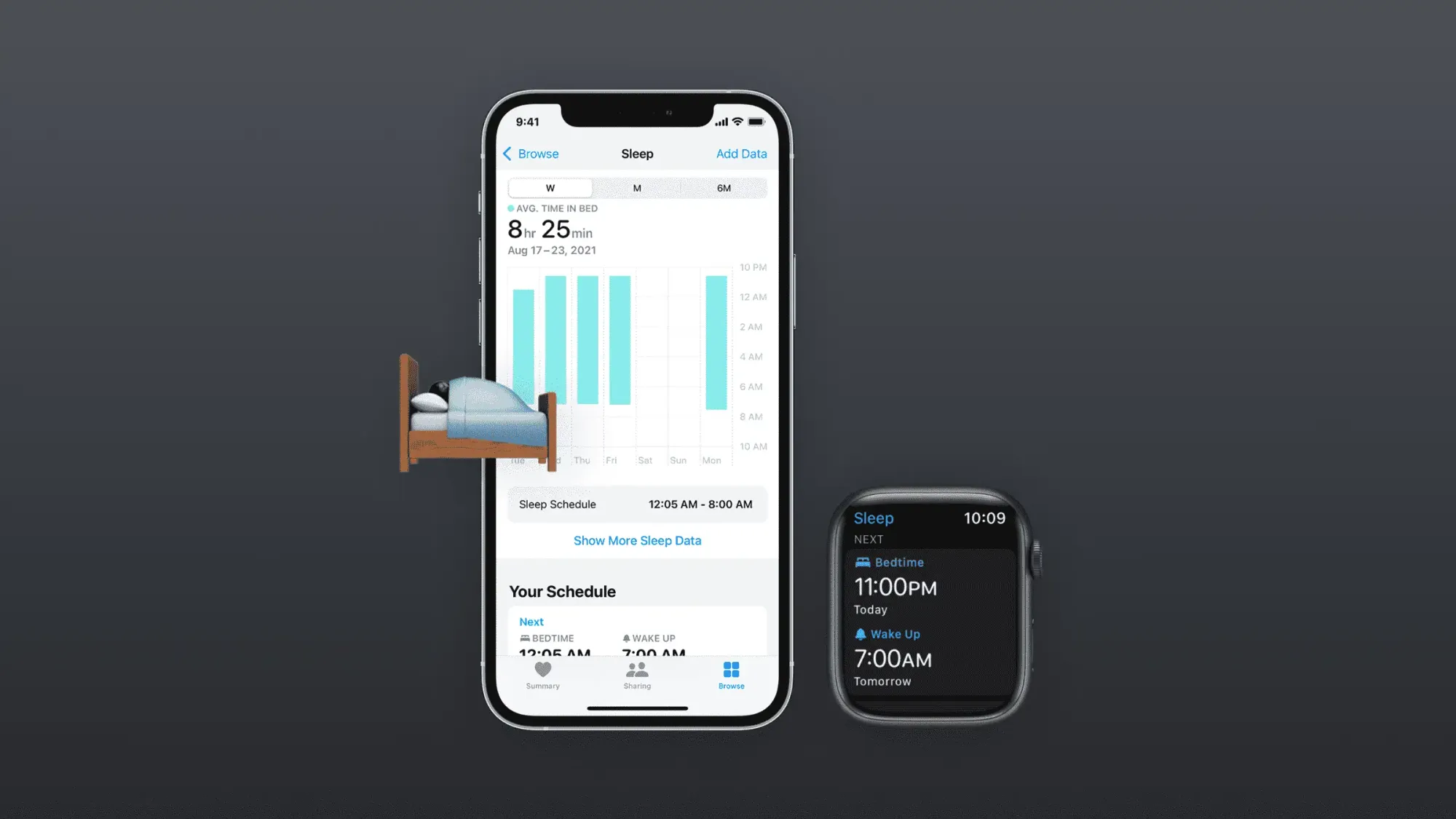
How to track it: There are a number of sleep-tracking mobile apps available, but a fitness tracker (like a Fitbit, Garmin, or Apple Watch) is your best bet, since it stays on your body and automatically detects and tracks both the length and quality of your sleep.
Workouts
How to track it: Fitness trackers are ideal because they detect workouts and track them automatically. Workout logging apps (widely available for iOS and Android) can also be effective, but require more manual data entry. A few popular picks: FitOn, Strava, and MapMyRun, all of which are available on both iOS and Android.
Steps
How to track it: Many smartphones will automatically track the steps you take while carrying the phone in your pocket, bag, or hand (Hint: on iOS, you can find this in the Health app). But for a more accurate step count, you need a fitness tracker — Fitbit, Garmin, or Apple Watch are all great choices.
Posture
How to track it: Some apps offer tips and reminders to help maintain better posture, but the most effective way to track this is with a wearable device, like Lumo Back, which comes with a free app to track your progress.
Heart rate
How to track it: Your heart rate variability (HRV) can be an excellent indicator of overall cardiovascular health, and it's also easy to track with any wearable fitness tracker.
Water intake
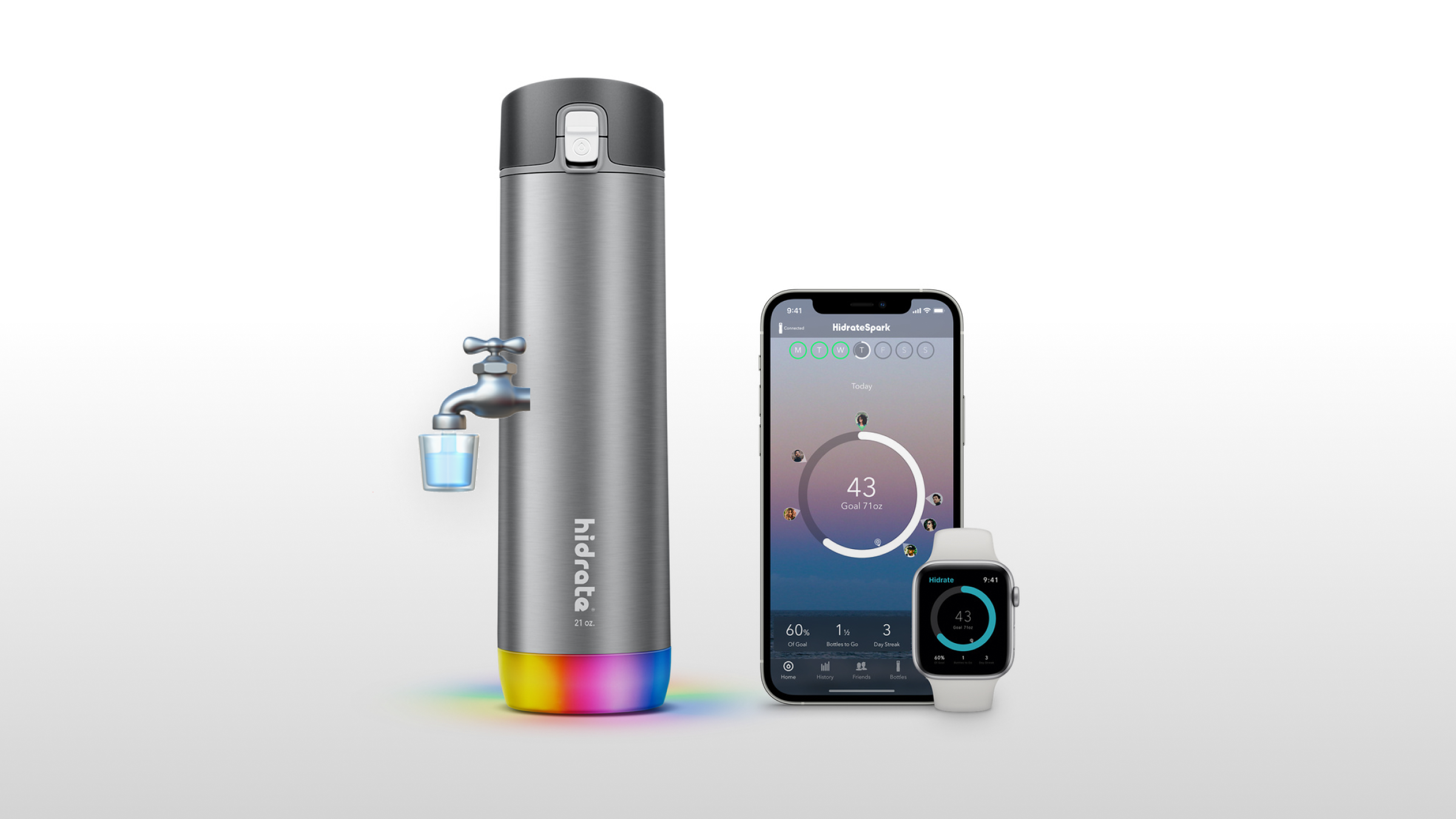
How to track it: Many apps exist to help you track your water intake by manually entering it, but a smart water bottle is the way to go if you want automated tracking and detailed metrics. A bottle like the HidrateSpark can glow different colors to give you reminders to drink more water, as well as detect and track every sip you take throughout the day.
Food and calories
How to track it: Food intake can be one of the most difficult things to track, because there's no easy way to automate it. Additionally, tracking calories or macronutrients can be inaccurate unless you painstakingly weigh everything you eat. But people who track calories with the specific goal to lose weight swear by a few different apps — MyFitnessPal and Lose It! are among the most popular.
Tracking your work
While you may already track KPIs related to the work you do, you can also measure your own performance at work, which is what these metrics are for.
Screen time
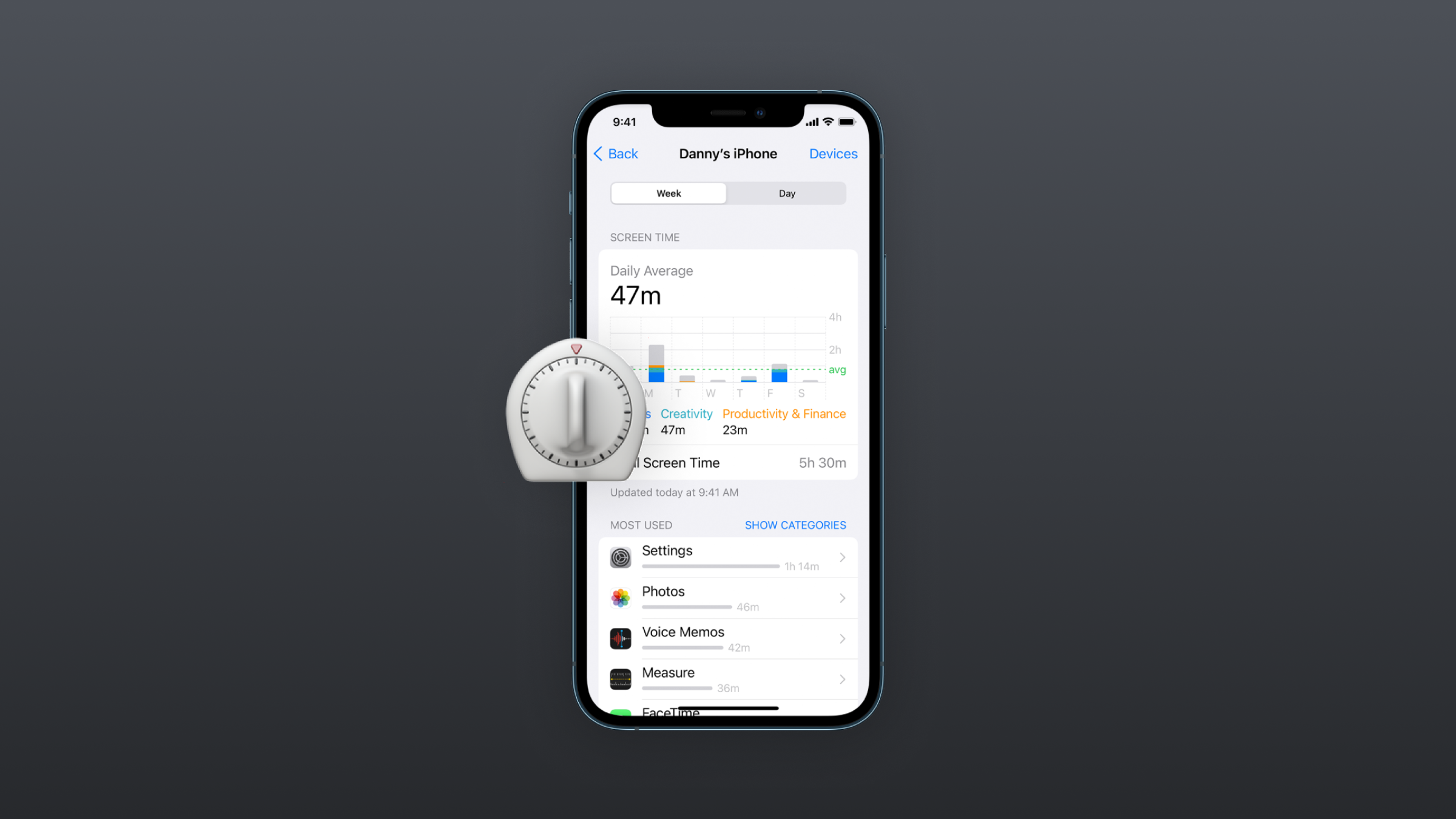
How to track it: Many devices now come with built-in screen time trackers that can generate reports that show your time spent on social media, using productivity apps, watching videos, and more. For example, on iOS, go to Settings and then click Screen Time to see your most recent report.
If your device doesn't, there are a number of apps that can analyze work-related and personal screen time based on the apps you're using, like OffTime or My Addictiometer.
Tasks and to-dos
How to track it: You'll want to use a task manager or a to-do list app (we love ToDoist), but try to find an app that provides metrics, so you can analyze your performance over time, in categories like meeting deadlines and tackling high-priority to-dos.
Networking
How to track it: Professional networking can be tracked in some ways via LinkedIn or other, industry-specific networks where you make professional connections. LinkedIn doesn't offer any sort of built-in tracking or insights, but you can still keep up with manually collected metrics — how many connections you make per week or month, and how many people you interact with.
How to track it: There are a lot of metrics you can track when it comes to your email, and many of them are directly related to your productivity — like how much email you receive each day, how many times you check your email throughout the day, and how much time you spend in your inbox.
Get started with SuperhumanIf your goal is to achieve (and maintain) Inbox Zero, Superhuman can help track that with our weekly Inbox Zero streaks.
I've #HitZero 25 weeks in a row with @Superhuman 🔥 get started today! https://t.co/15O9fHJJVa
— Sasha Varlamov (@svarlamov123) October 25, 2021
Tracking your finances
Finances and budget are some of the best use cases for a personal life dashboard. This is an area of our lives that is rich with data — and it's also important to track, and stay on top of, your financial goals.
Budget
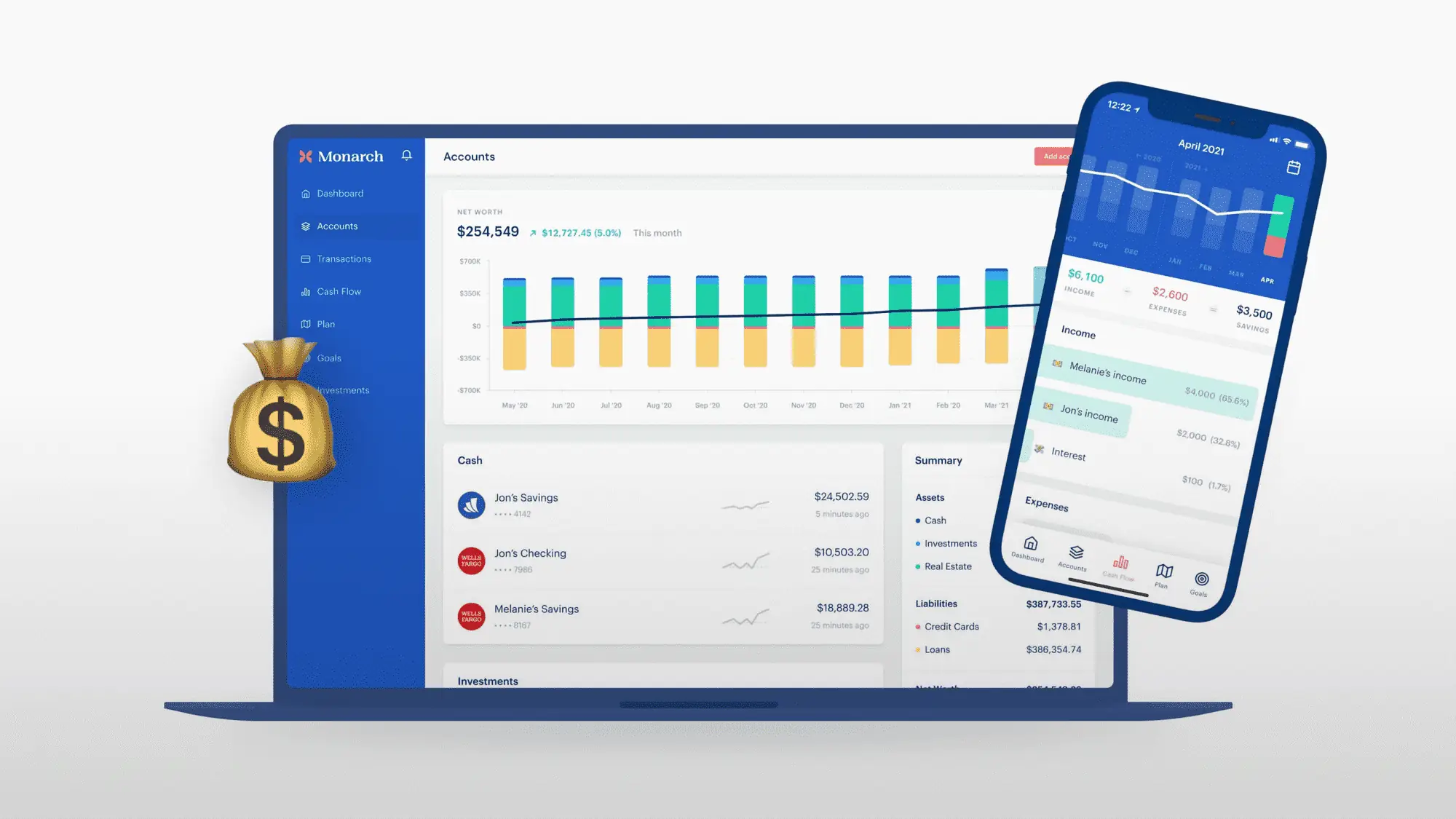
How to track it: There's a wide variety of budget tracking apps available, with different features and integrations. You'll want to choose an app that works for you and your budget needs. Many people love options like Mint or Monarch for their simple interfaces and integrations with your bank and credit accounts that provide detailed tracking on your spending, saving, and credit.
Debt
How to track it: You can typically track debt in your budget app, but you can also track it via online banking for the institutions where your debt accounts are held.
Investments
How to track it: Investments can be tracked via online banking apps, investing-specific apps like Robin Hood, or by integrating another form of investment tracking, like a cryptocurrency wallet, with your dashboard.
Tracking your personal growth
And finally, there's the truly "personal" part of your dashboard: your personal goals and growth outside of work. Here are some ideas for things you can track, but this area will truly be personalized to every individual's dashboard to reflect their interests and goals.
Happiness and moods
How to track it: Happiness and moods are important metrics for our personal lives, but you need to track them manually. There are a number of mood tracking apps available (many people love Daylio and MoodKit), which is the way to go if you want mood information automatically embedded into your dashboard. But sometimes, the best way to track moods is the old fashioned way: through daily journaling or a practice like meditation.
Habits
How to track it: Habits are another metric that can be difficult to automate, and may instead require more manual tracking. But there are many habit tracking apps available (Habitica and Habitify are great choices) that make this a little easier with automated notifications and reminders.
Learning
How to track it: Learning is an important part of personal growth, but tracking it can be a little bit subjective. Consider integrating an online course app, like Masterclass or Udemy, with your dashboard.
Reading
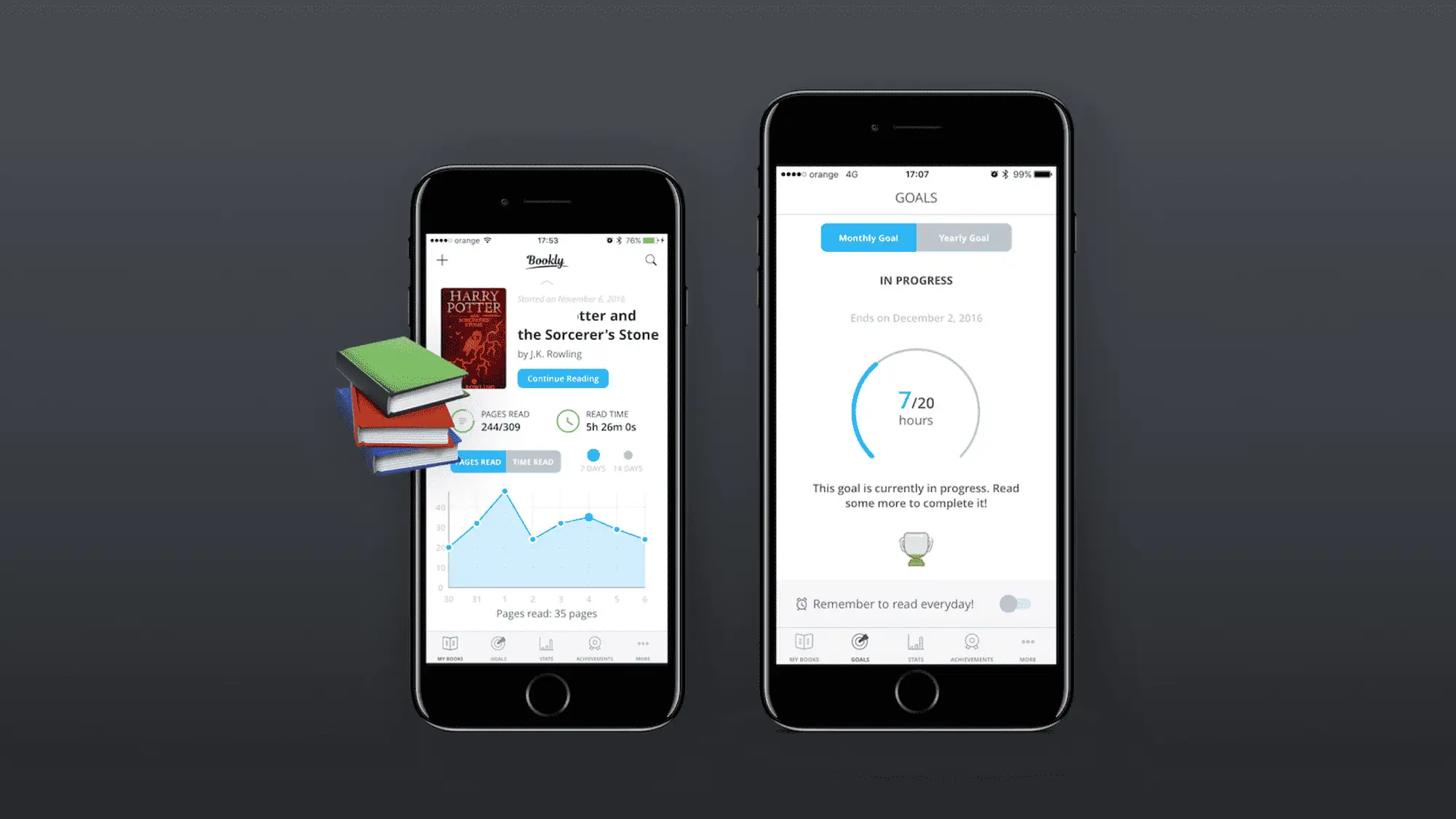
How to track it: Many personal life dashboard creators track books read on Goodreads, but depending on your reading goals, you may use a different method to track your reading over time — like tracking minutes spent reading rather than books completed, for example.
How to build a personal life dashboard
Now that you have some ideas of what a personal life dashboard can track, it's time to actually build it! Here's how, step by step.
Step 1: Define the goals you want to track
Each individual's personal life dashboard will look different and use different sources of data. That's because everyone has different goals and will naturally gravitate toward different kinds of metrics that they feel best represent their progress.
That's why the first step is to define what goals you want to track. We recommend starting with just 2-3, then adding more goals gradually over time, once your dashboard is built and as automated as you can make it.
Step 2: Find ways to track metrics
Once you've decided on your first goals, you have to figure out the best way to quantify them. The apps we listed above can be a good starting point. But ultimately, each person should decide on the best data source for themselves, depending on their exact goals.
Step 3: Build your personal life dashboard
Many people who build personal life dashboards custom-code a solution that uses APIs to include the exact information, in the exact UI, that they want.
But for the less tech-savvy among us, there are many ways to quickly and easily create a functional (and beautiful) dashboard. For example, you could use a no-code app builder to create a personal life dashboard that exists as a web app that can be accessed from anywhere (and some app builders even have templates for this, which can help you get started).
However, your personal life dashboard can be as simple as a spreadsheet or Google Sheet. The key is to create shortcuts and automate aggregating as much of your personal data as possible. It should be gathered into a single source where it can be tracked over time and, ideally, turned into data visualizations that make it easier to see trends, changes, successes, and setbacks.
For this, tools like Zapier and If This Then That (IFTTT) are essential — they allow you to program automated workflows so data from different apps can be pulled into your dashboard, without you having to manually enter or copy over any information.
Step 4: Monitor your data and iterate
Once your dashboard is built, it's time to start using it! As your data begins to aggregate, it's important to schedule regular times to "check in" with your data — to assess your progress and see if anything needs to be adjusted, just like you would when reviewing KPIs at work.
Try to check in at least quarterly, but ideally, closer to once per month. That way, you'll be able to see quickly if any of your goals have gone off track, and steer back on course to start making progress toward them once again.
Personal life dashboards use data to improve every part of your life
As Gary Wolf wrote about tracking personal life data in his 2010 New York Times piece, personal life dashboards are unique and, well, personal.
"One of the reasons that self-tracking is spreading widely beyond the technical culture that gave birth to it is that we all have at least an inkling of what's going on out there in the cloud," he wrote.
"Our search history, friend networks, and status updates allow us to be analyzed by machines in ways we can't always anticipate or control. It's natural that we would want to reclaim some of this power: to look outward to the cloud, as well as inward toward the psyche, in our quest to figure ourselves out."
That's really what it's about: figuring yourself out. If you take your time and try different goals (and ways of tracking them), you'll almost certainly learn more about yourself, which is a worthy goal in and of itself.
Get started with Superhuman



